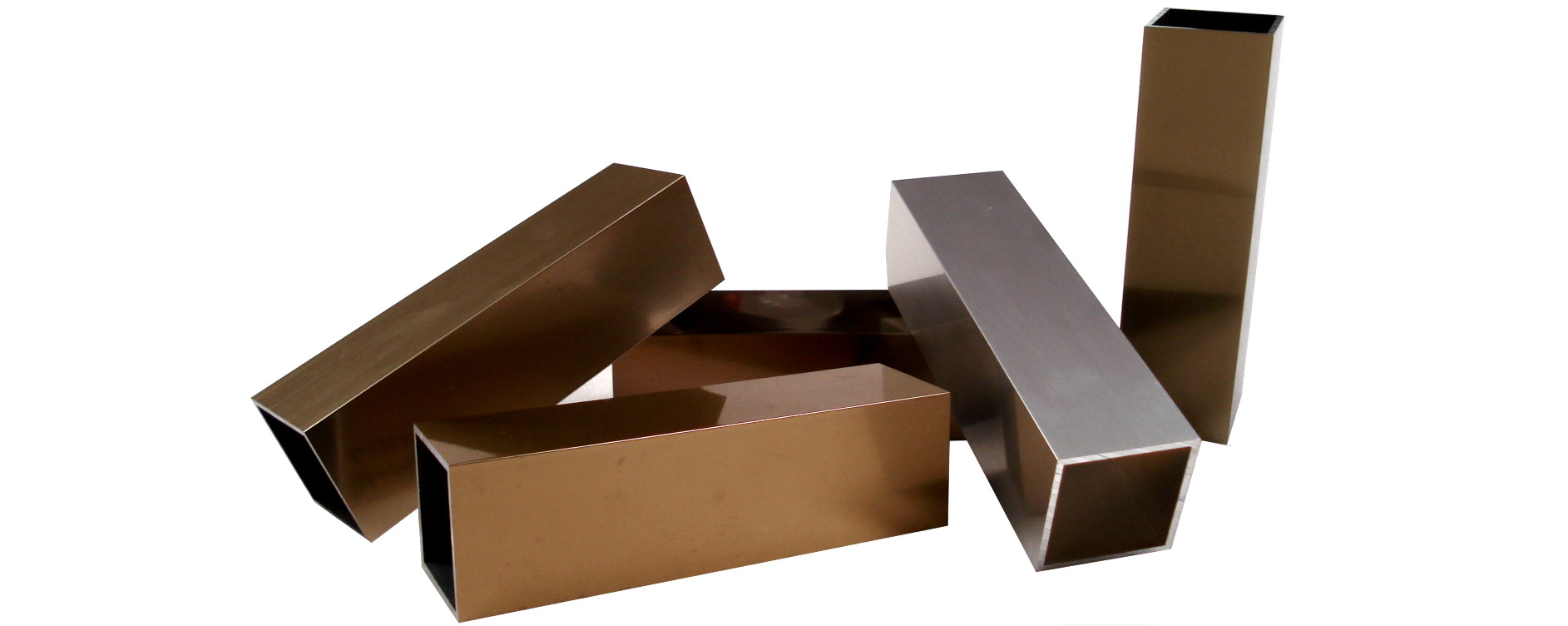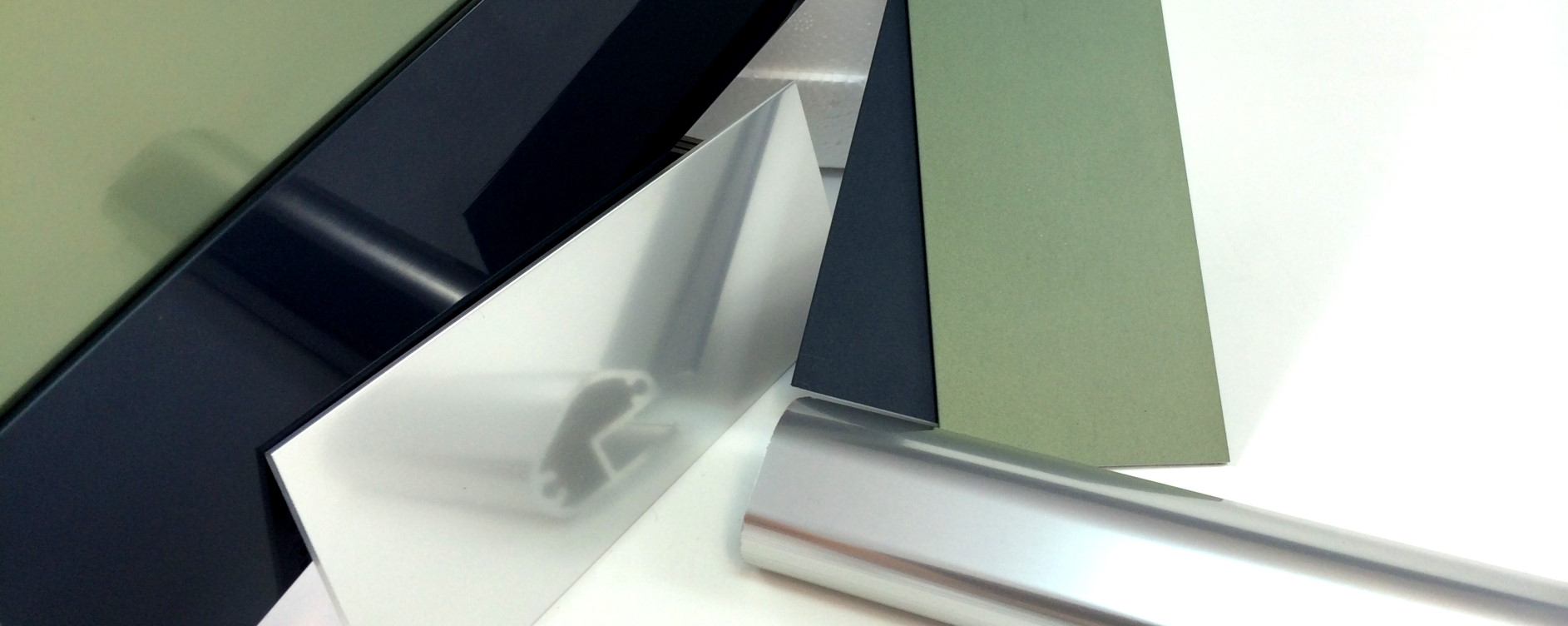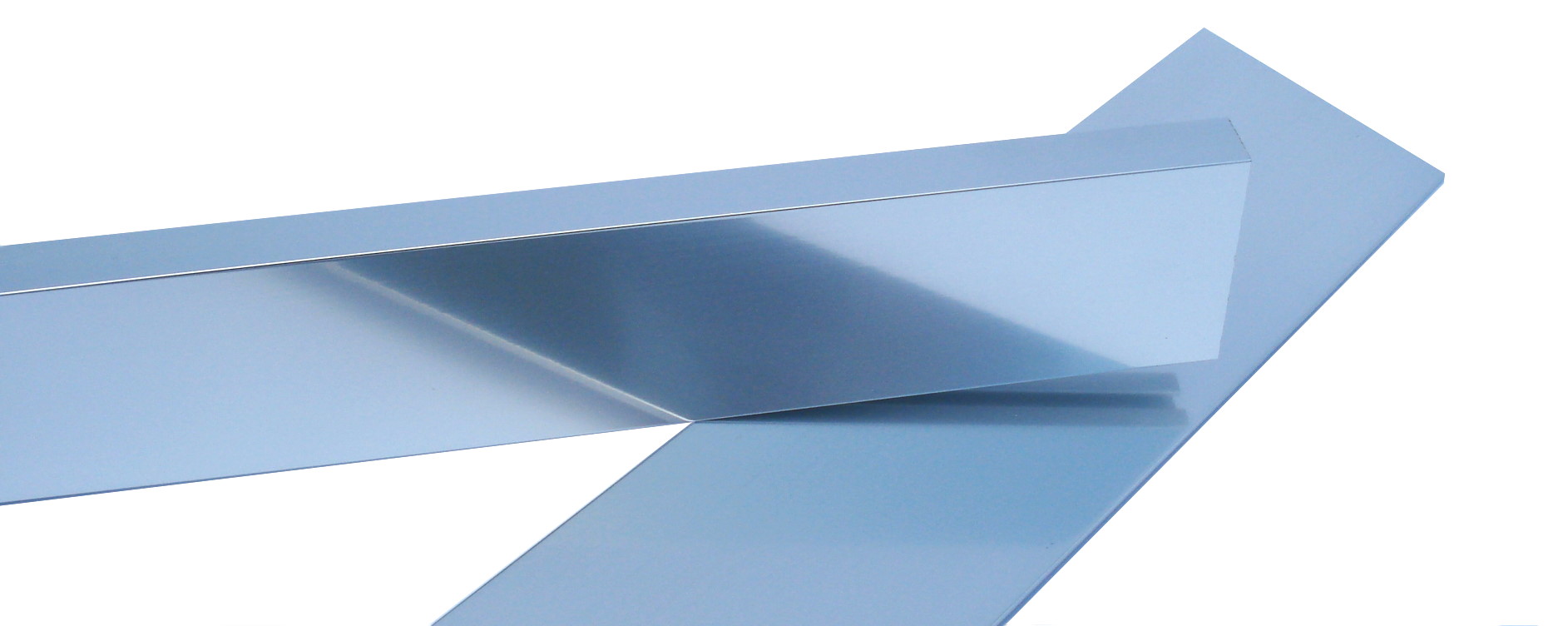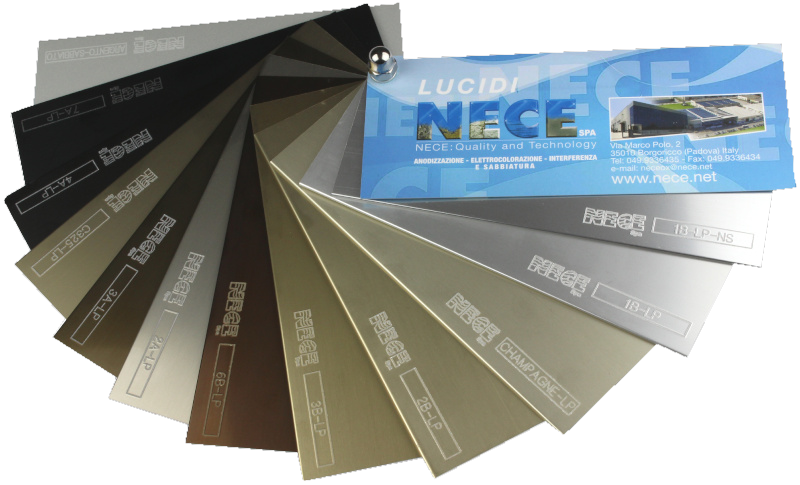


BRIGHT ANODIZING
The Anodizing Bright is a treatment of aluminum surfaces that ANODIZING NECE makes for industries closely linked to the desing as furnishing and arcitectural structures, where taste and trends are constantly changing.
In this phase the return of the bright effect is recorded, therefore ANODIZING NECE has revisited the Anodizing Bright improving the preparation phase of aluminum, in order to obtain a higher finish quality, and ensuring, at the same time, a resistance level of the oxide layer, to atmospheric agents, very high.
On this occasion too, NECE Aodizing proves as a Green Company complying with the stringent rules of ISO 14001 standard, as it uses procedures and technologies to minimize environmental impact.
The sectors that mainly request the Anodizing Bright are:
- Architectonic
- Curtain walls
- Door/window frames
- Furniture
- Lighting
- Car/bike rims
but this finish can be used practically in all sectors.
Bright Anodizing:
- 1B LP
- CHAMPAGNE LP
- 2B LP
- 3B LP
- 6B LP
- 2A LP
- C325 LP
- 4A LP7A LP
Scotch Brite Finishes :
- 1B SCOTCH
- CHAMPAGNE SCOTCH
- 2B SCOTCH
- 3B SCOTCH
- 6B SCOTCH
- 2A SCOTCH
- C325 SCOTCH
- 4A SCOTCH
- 7A SCOTCH
For more information:
- The finishes are made on industrial plants and comply with European standards relating to anodic oxidation processes on aluminum profiles.
- The colors and their shades in this samples are purely indicative.
- We do not accept disputes on cut, processed and assembled materials. The customer is required to check the materials before processing.
- The customer is required to ask for confirmation on codes and colors. NECE reserves the right to vary the finishes and colors without prior notice.
- Mechanical factors, which are not completely controllable by the process and oxidation, such as the type of profile, its heat treatment, the composition of the alloy, the finish and its chemical reactivity, influence the color.
